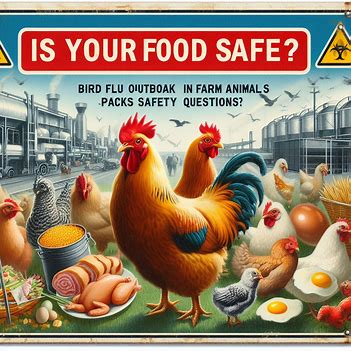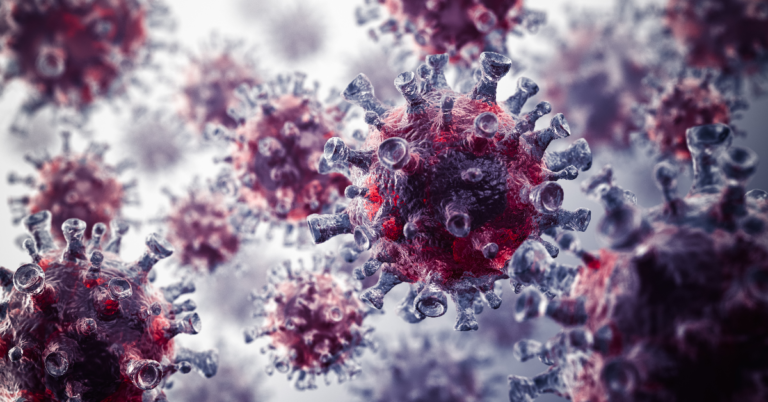The recent outbreak of highly pathogenic avian influenza (HPAI), commonly known as bird flu, has extended beyond poultry farms, raising concerns for consumers. While headlines might trigger anxiety, the good news is that the risk of bird flu transmission to humans through the food chain remains low when proper precautions are taken. This article aims to separate fact from fiction, addressing your food safety concerns and providing clear information about the bird flu situation.

By bing.com
What’s Happening?
The current outbreak primarily affects poultry farms, with confirmed cases in various farm animals raising questions about food safety. It’s important to understand that the virus primarily spreads through direct contact with infected birds or contaminated materials. While some farm animals like pigs and cows can become infected, they are unlikely to shed the virus at levels that pose a threat to the food supply.
Focus on Prevention: Safeguarding the Food Chain
The U.S. Department of Agriculture (USDA) employs rigorous safeguards to ensure the safety of our food supply. Here’s what happens to prevent infected birds from entering the food chain:
- Strict Surveillance: Farms and processing facilities undergo regular inspections by the USDA’s Animal and Plant Health Inspection Service (APHIS) to detect any signs of bird flu.
- Rapid Response: If bird flu is detected in a flock, the USDA takes immediate action to quarantine the farm and prevent further spread. Infected birds and their eggs are not allowed to enter the food chain.
- Biosecurity Measures: The USDA encourages farms to implement biosecurity measures that minimize the risk of infection, such as controlled access points and disinfection protocols.
Precautionary Measures at Home: Keeping Your Food Safe
While the risk from the current outbreak is low, you can further minimize potential risks by following these simple guidelines:
- Buy from reputable sources: Purchase poultry products from stores that adhere to strict hygiene and safety protocols.
- Practice proper hygiene: Always wash your hands thoroughly before and after handling raw poultry products.
- Cook food thoroughly: Cook poultry to a safe internal temperature (165°F for poultry and 160°F for ground poultry) to eliminate any potential pathogens. [1]
Looking Ahead: Continued Vigilance and Transparency
The ongoing bird flu outbreak highlights the importance of consistent vigilance and transparency. Open communication between farmers, government agencies, and consumers is crucial for maintaining a safe and reliable food supply.
Empowered Consumers:
By understanding how the food system operates and taking necessary precautions, you can make informed choices and reduce any unnecessary anxiety.
Remember: Don’t let fear dictate your dietary choices. The risk of bird flu transmission through properly sourced and prepared poultry products remains very low.
Stay Informed:
For the latest updates and information about bird flu, you can refer to reputable sources like:
- U.S. Department of Agriculture (USDA): https://www.aphis.usda.gov/livestock-poultry-disease/avian/avian-influenza/hpai-detections
- Centers for Disease Control and Prevention (CDC): https://www.cdc.gov/flu/avianflu/hpai/hpai-interim-recommendations.html
Together, by following these recommendations and staying informed, we can ensure a safe and healthy food supply continues to reach our tables.
Reference:
- Safe Minimum Cooking Temperatures: https://www.fsis.usda.gov/sites/default/files/media_file/2021-12/Appendix-A.pdf



